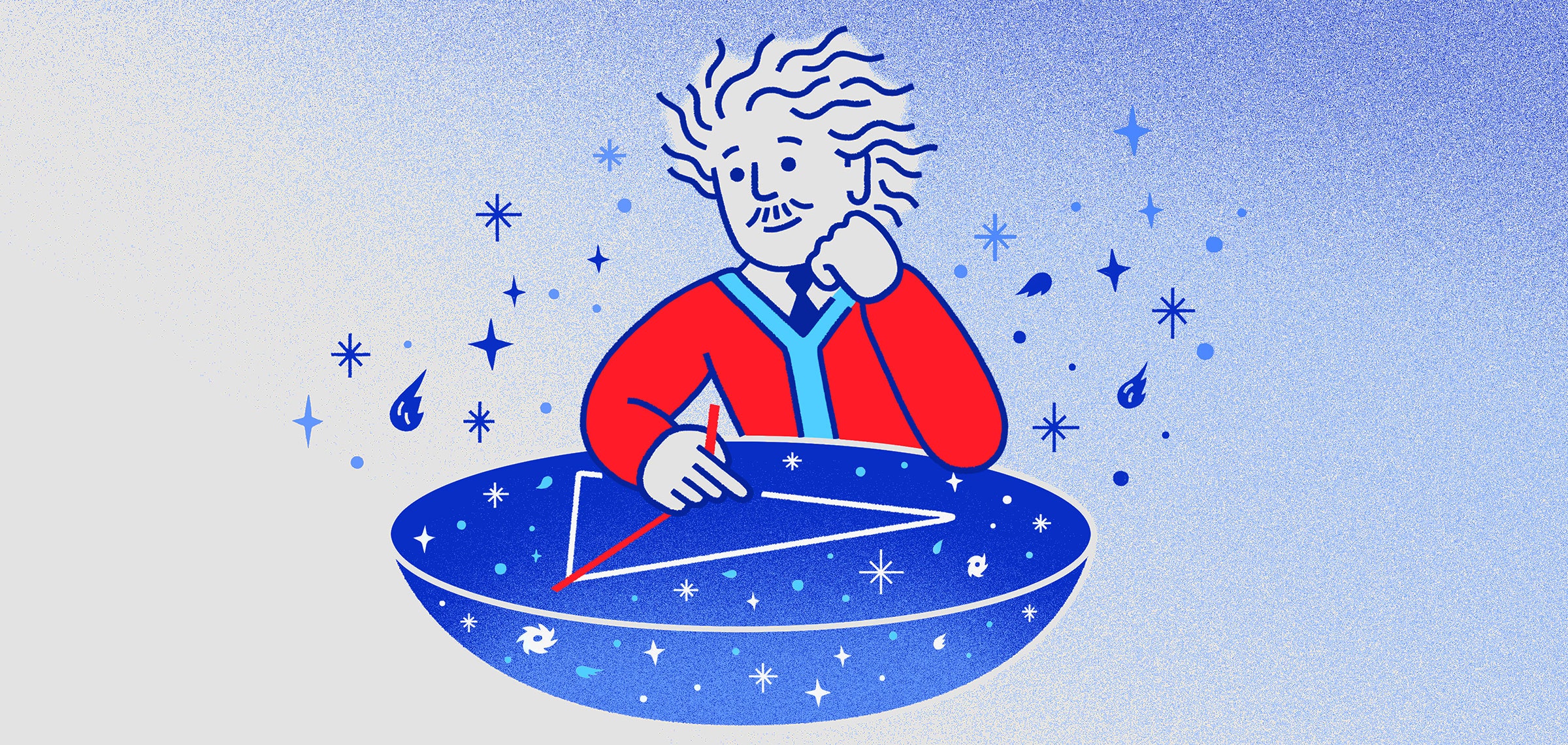
THEME MUSIC
"Facade", Sir William Walton, 1921
Einstein’s First Proof
On November 26, 1949, Albert Einstein published an essay in the Saturday Review of Literature in which he described two pivotal moments in his childhood. The first involved a compass that his father showed him when he was four or five. Einstein recalled his sense of wonderment that the needle always pointed north, even though nothing appeared to be pulling it in that direction. He came to a conclusion, then and there, about the structure of the physical world: “Something deeply hidden had to be behind things.” The second moment occurred soon after he turned twelve, when he was given “a little book dealing with Euclidean plane geometry.” The book’s “lucidity,” he wrote—the idea that a mathematical assertion could “be proved with such certainty that any doubt appeared to be out of the question”—provoked “wonder of a totally different nature.” Pure thought could be just as powerful as geomagnetism.


Secondary Antiprotons in Galactic Cosmic Radiation
By Stephen Rosen
ABSTRACT
CALCULATIONS ARE PRESENTED of the production of secondary antiprotons due to inelastic collisions of high-energy primary cosmic rays with interstellar gas nuclei. Cosmic-ray diffusion theory is assumed to apply in the steady-state approximation, with a constant average beam intensity taken over space. The cosmic-ray energy spectrum, production thresholds, cosmic-ray, and target abundances and densities, and production and annihilation cross-sections are examined and utilized. The results give a very approximate energy spectrum for the antiproton flux. Astrophysical ramifications of this collision source of antiprotons are discussed in light of the dominance of leakage over annihilation as a mechanism of antiproton loss.
Received 4 November 1966
DOI:https://doi.org/10.1103/PhysRev.158.1227
©1967 American Physical Society

